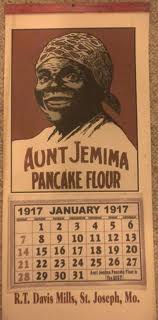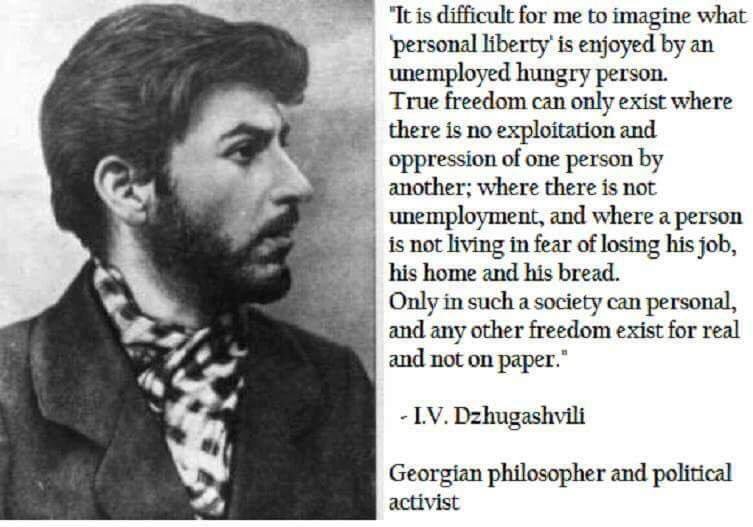In the 1980s #McKinsey was there helping to restructure firms, like HP, from the top down, creating a cascade of insecurity that started in the c-suite, and ended in an INS detention center.
Central to that resurgence was electronics.
For most readers, the ideas were startling, but In Search of Excellence merely synthesized what #McKinsey had already been telling its clients for years.
HP and McKinsey were not alone in promoting insecurity in Silicon Valley.
When an INS raid came through, in November of 1984, Fermina hid in a supply closet, terrified.
“A Mexican or a Vietnamese can take home a thousand coils for wiring one evening, and put every close neighbor and family member to work, and return the next day to the plant."




